15 May 1778 Friday
"Essendo il Circo di Caracalla il meglio conservato, daremo i dettagli geometrici e prospettici, i vari restauri, le gradinate, il recinto attorno al quale si svolgeva la corsa delle bighe, i palchi destinati ai magistrati e agli imperatori. (Questi ultimi si divertivano spesso a correre da soli, guidando una quadriga, carrozza a quattro cavalli); il recinto da cui partivano i carri. Oltre agli ornamenti, ecc., si accenneranno anche ai bassorilievi, per far conoscere più positivamente gli usi ei modi adottati per la corsa. Opera curiosa e interessante."
31-32 y.o. Francesco Piranesi 1790
Collezione delle piu belle statue di Roma

Laocoon
Works by Agesandro di Polidoro and Antenodoro sculptors of Rhodes, praised by Pliny, and already located in the palace of Titus, now in the Vatican
To the Holiness of N~ro. Pius Sextus Pontifex Maximus
Very vigilant Investigator of Antiquities, and Most Munificent Protector of the Fine Arts
Francesco, e Pietro Piranesi D. D. D.
Bernardino Nocchi drawn Francesco Piranesi engraved 1790.
15 May 1812 Friday

Morning cloudy, wind NE raw, a small rain about sunrise, soon dry. Wind fresh from NE. PM it began to rain and became a most violent storm which continued toll bedtime. My carriage which I sent home on Wednesday, came in the morning for me bringing Lydia, but the storm was too violent to attempt my return. Temperature at Ury 54° morning and noon, evening 52°.
15 May 1993
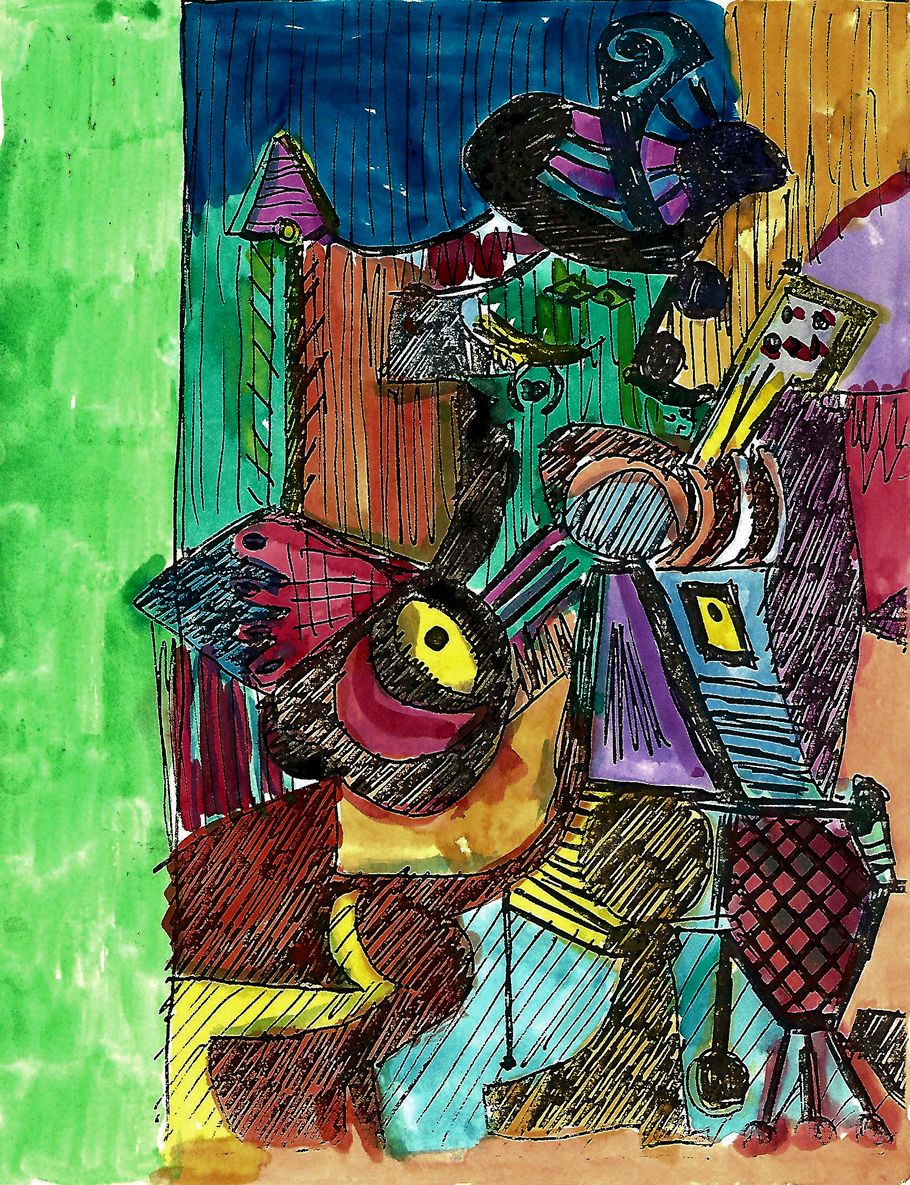
Musician
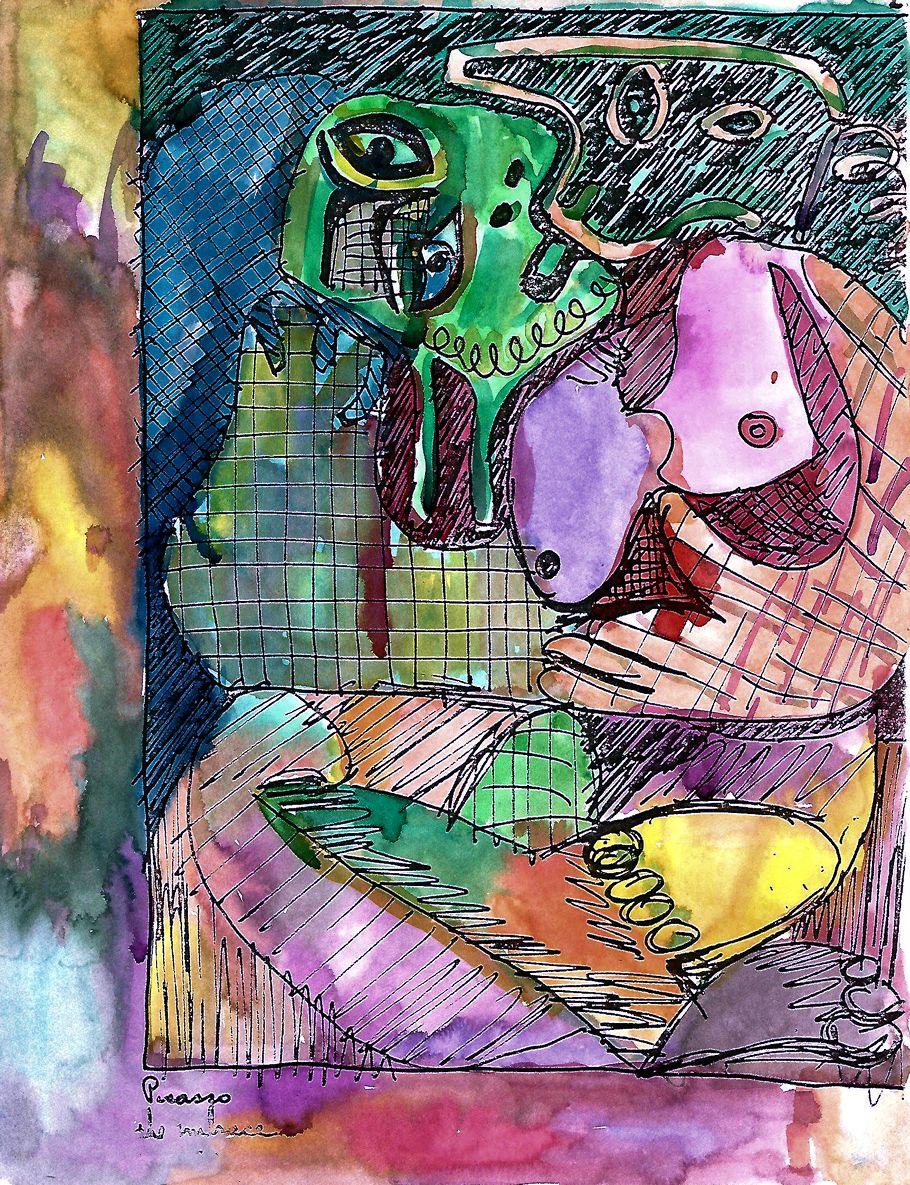
The Embrace
15 May 2000
one more Piranesian daze: circus act
In attempting to discern the possible reason or message manifested by the plan changes to the Circus of Caligula and Nero and to the Circus Agonalia, I began to think of these specific circuses and how they may or may not relate to the numerous other circuses delineated throughout the Ichnographia. Within the version of the Ichnographia that is presently widely published there are six circuses, the Circus Caji et Neronis, the Circus Agonalia, the Circus Hadriani, the Circus Domtiae, the Circus Flaminius, and the Circus Apollinaris. With only minor adjustments to length, each circus is delineated in a virtually identical fashion, and, moreover, each circus reflects an archaeologically correct circus plan. As already illustrated, the plans of the Circus Caji et Neronis and the Circus Agonalia within the University of Pennsylvania Ichnographia reflect more stylized, i.e., archaeologically incorrect, circus formations. Since all the circuses are identical in the widely published version of the Ichnographia, I then began to wonder, via transposition, whether all the circuses within the Penn Ichnographia were likewise identical there in the form of exhibiting plan changes. In all honestly, I had not noticed any plan changes to the circuses other than the Circus Caji et Neronis and the Circus Agonalia the two times I had seen the Penn Ichnographia prior, but nor did I have any pictorial hardcopy evidence that there are no other plan changes. Having worked with the Ichnographia for over ten years, if I have learned anything, it is that the Ichnographia, no matter how well you think you know it, continually maintains the uncanny ability to beguile. Therefore, it was necessary for me to once more return to the other Ichnographia.
Upon doing further research, i.e., going back to the University of Pennsylvania's Fine Arts Library to again scan the Ichnographia Campus Martius, more plan changes were indeed discovered, and, just as I had begun to suspect, the "change of plans" effected the Circus Hadriani, the Circus Domitiae, the Circus Flaminius, and the Circus Apollinaris. Thus, it is now evident that each of the major "changes of plan", between the Ichnographia Campus Martius that is widely published and the Ichnographia Campus Martius within the rare book collection at the University of Pennsylvania's Fine Arts Library, occur more or less exclusively within those buildings of the Ichnographia labeled "circus".
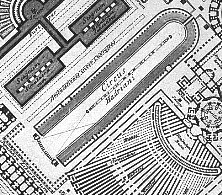 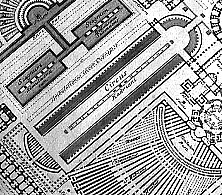
The plan above left is the Circus Hadriani as it appears within the commonly reproduced Ichnographia. Above right is the Circus Hardiani as it appears within the Ichnographia at the University of Pennsylvania.
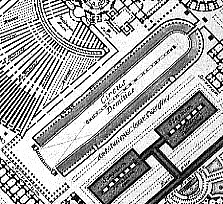 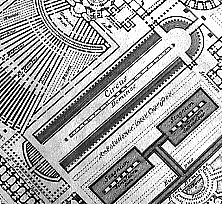
The plan above left is the Circus Domitiae as it appears within the commonly reproduced Ichnographia. Above right is the Circus Domitiae as it appears within the Ichnographia at the University of Pennsylvania.
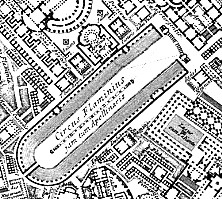 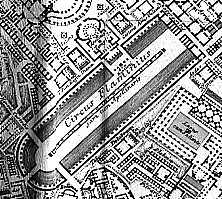
The plan above left is the Circus Flaminius as it appears within the commonly reproduced Ichnographia. Above right is the Circus Flaminius as it appears within the Ichnographia at the University of Pennsylvania.
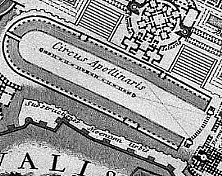 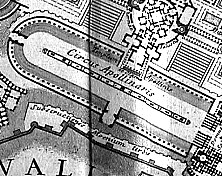
The plan above left is the Circus Apollinaris as it appears within the commonly reproduced Ichnographia. Above right is the Circus Apollinaris as it appears within the Ichnographia at the University of Pennsylvania.
As the above plan comparisons indicate, the newly discovered circus plans engage directly with their neighboring buildings, thereby rendering a connected contextualism and demonstrating a more integrated urban planning methodology. The circus plans of the commonly reproduced Ichnographia on the other hand, albeit archaeologically correct, do not engage their immediate surroundings, and appear as though literally afterthoughts. Beside the already mentioned questions as to what these changes might mean and which set of plans came first, or what Piranesi's intentions in making the changes might have been, there is now an additional question as to why the changes were specifically and only applied to the Campo Marzio's six circuses.
15 May 2008
The Official Paradigm Shift thread
multiple choice (so far):
1. typical plan meets eclectic program
2. eclectic plan meets typical program
3. programmatic planning meets typical eclecticism
4. planned eclecticism meets programmatic type
I'd say 2 and 4 characterize a paradigm shift.
Now try taking it to court.
"In learning how to draw one began to understand not only what it was like to draw like Palladio or Le Corbusier but also the extent of the differences in their work." --Peter Eisenman
Imagine that, learning via reenactment.
It was only after having my own CAD system that I began (in 1987) to redraw Piranesi's Campo Marzio, and I was doing it to indeed learn via reenactment. Ultimately, nine years ago yesterday, I discovered that there are indeed two different versions of the Campo Marzio plan. Imagine that, making a significant architectural discovery because of drawing with the aid of a computer.
15 May 2015
Bjarke Ingels wants to "make the world of the future more like our dreams”
Actually, I do admire BIG's process, but not because it is somehow superior. I admire it because it's an atypical abstraction of the typical architectural design process.
15 May 2017

Warhol Reenactment 5
15 May 2020

Mary Boone's 180 hours of community service hours 79 80 81
15 May 2022
  
15 May 2023 Monday
With the Vasi, candelabri, cippi, sarcofagi, tripodi, lucerne, ed ornamenti antichi volumes we see that Piranesi did wonderful etchings in his final years, while at the same time comprising a stellar patronage for his business('s future). What Francesco inherited, perhaps more than anything else from his father, where indeed all the personal (patronage) connections . . . while at the same time also inheriting what is a most uncategorizable group of sculptures created by an Italian artist. And if there must be a category, allow me to suggest: readymade sculpture hyperbole.
|